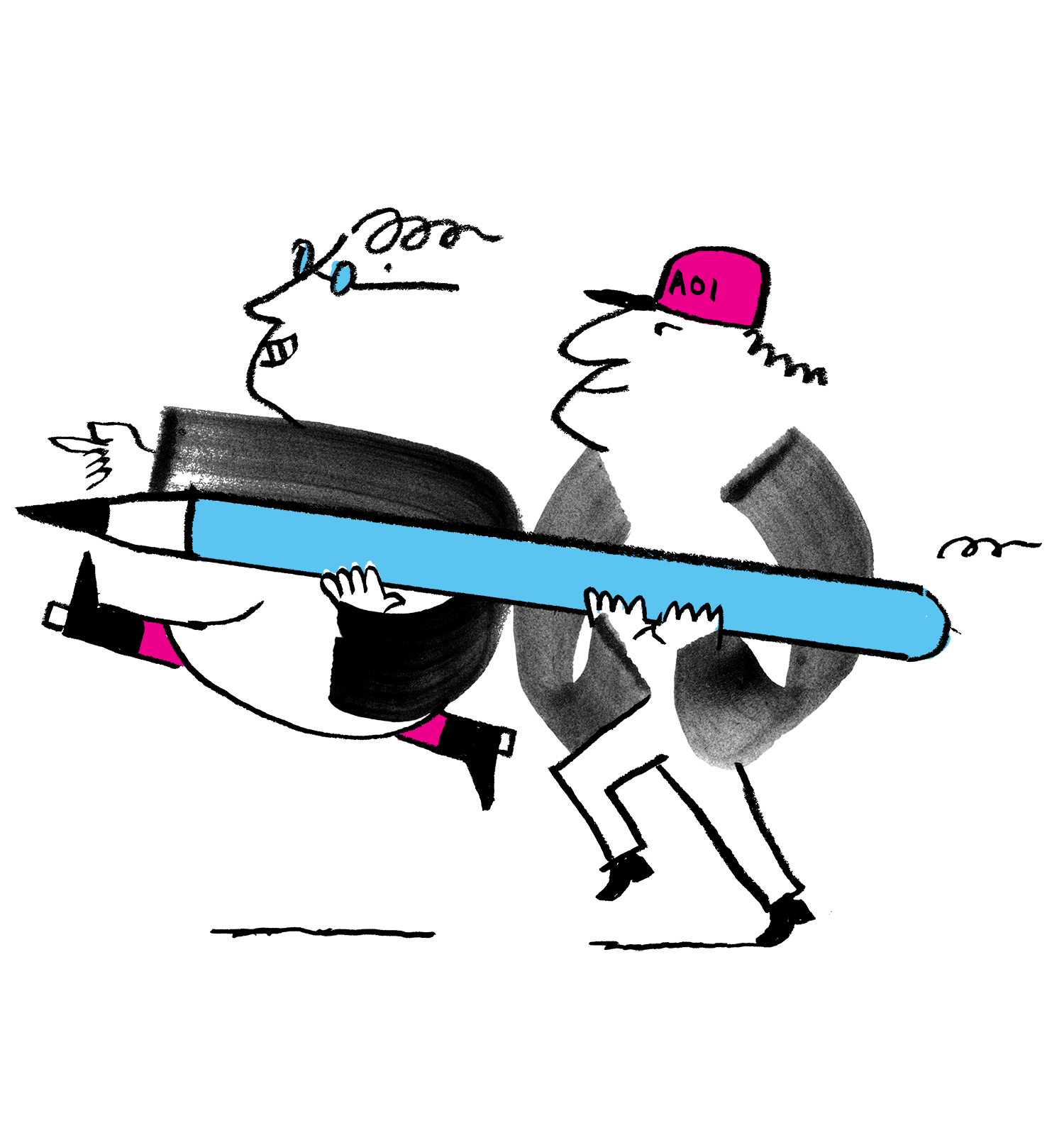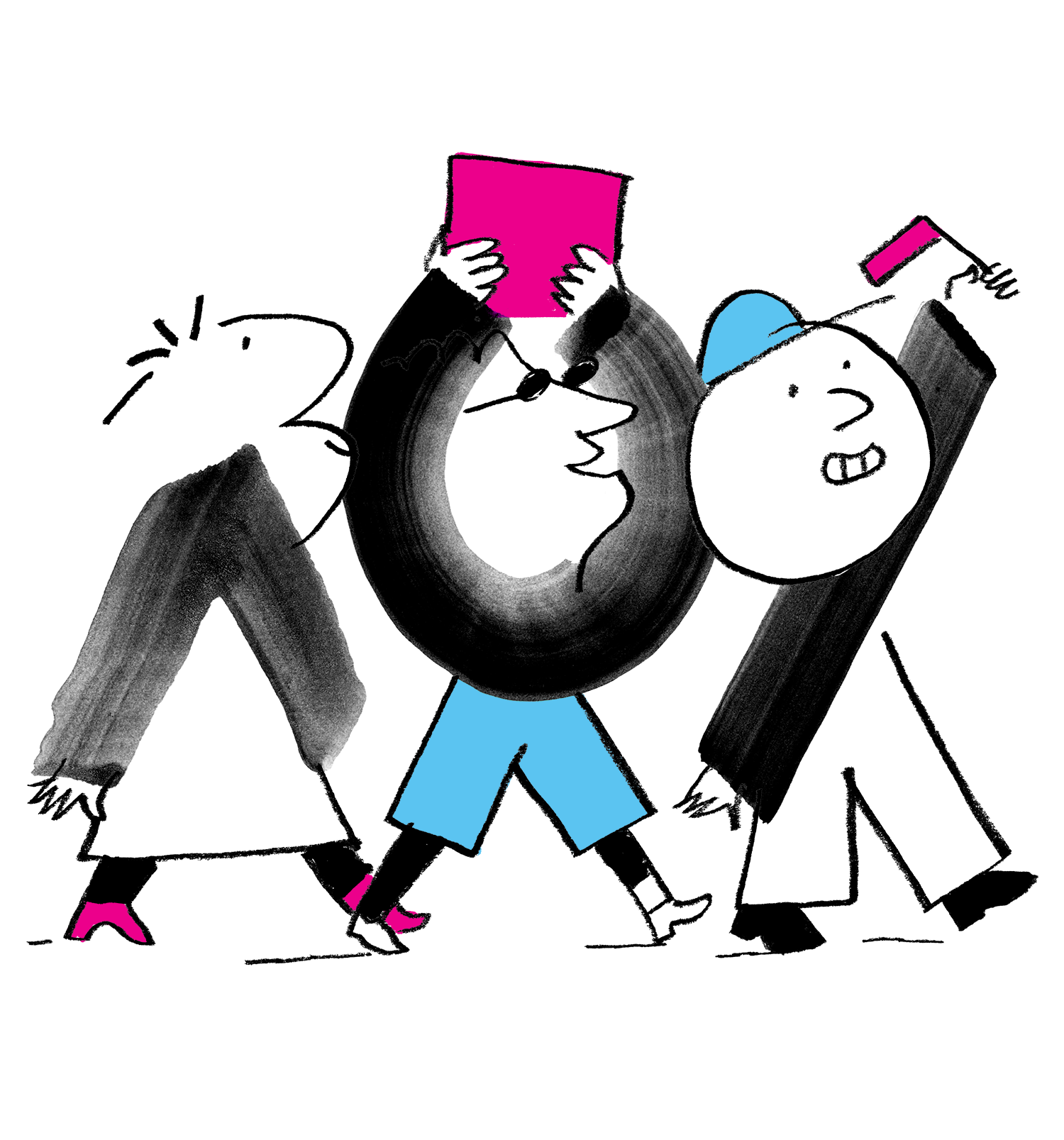How to Work Together with an Animator Members
In this article

Continue reading...
Enjoy unlimited access to all resources with an AOI membership
Become a Member Already a member? Log inIntroduction
You may be approached by a client about an animated project and be tasked with finding an animator to work with. Being able to confidently approach an animator about working together and understanding what their role involves will take the anxiety out of a new project.
This resource discusses how to go about finding an animator to work with and the key considerations when approaching an animator to ensure a smooth and successful process.
What to Expect at Each Stage of the Pipeline
It is useful to have an overview of the whole animation pipeline, which can shrink or expand depending on the size of the job. You can see what is expected of you and the animator at each stage of the job, and where you and the animator may be able to work together.
1: Script/Outline
Scripts for animation can be a simple outline through to a detailed, multi-page document. Longer form animated scripts will often include a description of the characters, the setting, and the action that takes place and can include dialogue, sound effects, and music cues. For a short form animation however, the script can simply include the main beats of the animation (the main action of an animation in single images, gives the overall context of a scene and the emotions in each shot).
2: Storyboards
A storyboard is a series of drawings and annotations based on a script or story idea. The storyboard is used as a visual guide during production to indicate to the animator the layout of a shot and the actions of a character.
3: Design / Character Design
Depending on the complexity of the animation, the animator may need a character sheet, which would include expressions and a turnaround of the character, so that they are able to understand how they look from different angles and what their face looks like when their facial expressions change. If the animation is simple, you may only need a style frame for the animator to work from.
4: Style Frames
These are designs of how the animation will look when delivered, you will need to create a style frame for each shot of the animation so that the animator can understand the scale, linew

